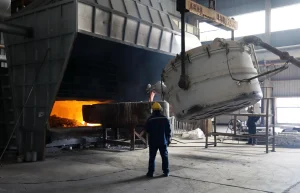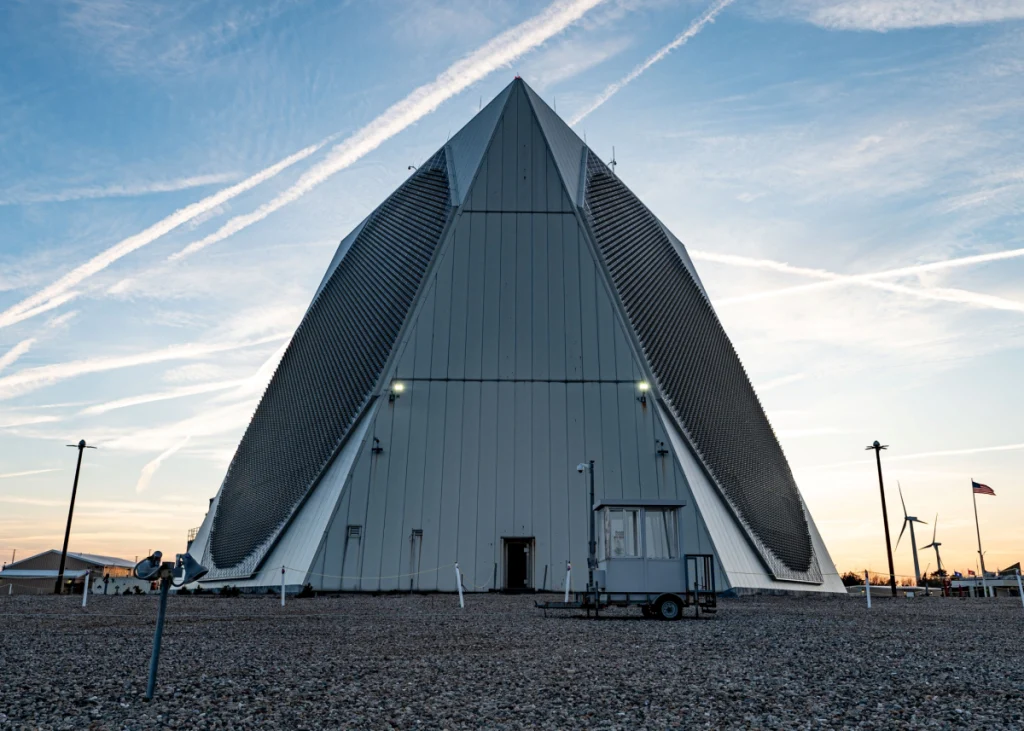United States Plans Major Radar Upgrades to Counter Growing Missile Threats
In the face of evolving nuclear threats from Russia, China, and North Korea, the United States has announced plans to significantly upgrade its early warning radar systems. This initiative, part of the broader “Golden Dome for America” missile defense program championed by former President Donald Trump, aims to enhance the nation’s ability to detect and classify hostile ballistic missiles targeting the American homeland. The upgrade comes at a critical time when all three adversaries continue to advance their missile technologies, including the development of hypersonic weapons capable of traveling more than five times the speed of sound, making them particularly challenging to intercept.
The heart of this upgrade centers on the Upgraded Early Warning Radar (UEWR) network, which consists of five strategic radar installations located in Alaska, California, Massachusetts, Greenland, and the United Kingdom. These sophisticated systems provide comprehensive coverage with 240 to 360-degree monitoring capabilities and can detect objects up to 3,000 miles away. The U.S. Missile Defense Agency published a request for information on October 3rd seeking a software enhancement known as Advanced Object Classification (AOC) 1.1. This upgrade will improve the radars’ ability to distinguish between actual warheads and potential decoys during the midcourse phase of ballistic missile flight—a critical vulnerability window that can last up to 20 minutes and provides multiple opportunities for interception.
The technological challenge facing American missile defense systems cannot be overstated. According to the Center for Arms Control and Non-Proliferation, adversaries can deploy various countermeasures, including decoys designed to overwhelm defense systems during the midcourse phase. This forces interceptor missiles to correctly identify the genuine threat—the actual warheads—among debris and deceptive objects. Nuclear expert Ankit Panda from the Carnegie Endowment for International Peace noted in 2021 that the U.S. Missile Defense Agency planned to deploy four missile interceptors against every incoming warhead, highlighting the resource-intensive nature of this defensive approach. The current Ground-Based Midcourse Defense system protecting the U.S. homeland is designed to counter limited intercontinental ballistic missile attacks but would be overwhelmed by large, sophisticated assaults.
The Defense Intelligence Agency has issued a stark assessment of the situation, warning that “missile threats to the U.S. homeland will expand in scale and sophistication in the coming decade.” The agency specifically highlighted how China and Russia are developing novel delivery systems explicitly designed to exploit gaps in current U.S. ballistic missile defenses. Additionally, North Korea has successfully tested ballistic missiles with sufficient range to strike anywhere within American territory. These developments represent what the White House has described as “the most catastrophic threat” facing the United States today, underscoring the urgency behind the radar upgrade initiative.
The planned radar enhancements reflect a growing recognition within U.S. defense circles that maintaining technological superiority in missile defense is essential for national security. A U.S. defense official stated in September that the Golden Dome for America office is “examining current and future solutions across the services and interagency to identify the most effective ways to modernize and quickly field the capabilities our nation needs to protect our Homeland.” This systematic approach suggests a comprehensive review of defensive capabilities rather than isolated technological upgrades. The ability to accurately classify objects in flight represents just one aspect of a multifaceted defense strategy that must continually evolve to address emerging threats.
Despite these planned improvements, questions remain about whether these upgrades will be sufficient to counter the rapidly advancing missile capabilities of America’s adversaries. The midcourse phase of missile flight, while offering opportunities for interception, also presents significant challenges due to the deployment of countermeasures. The U.S. military has not yet clarified whether additional missile defense enhancements beyond the radar upgrades are forthcoming. As Russia continues to develop hypersonic glide vehicles, China expands its nuclear arsenal, and North Korea refines its long-range missile technology, the technological race between offensive and defensive capabilities intensifies. The radar upgrades represent an important step forward, but the long-term adequacy of America’s missile defense architecture against increasingly sophisticated threats remains an open question that will likely demand continued innovation and investment.














